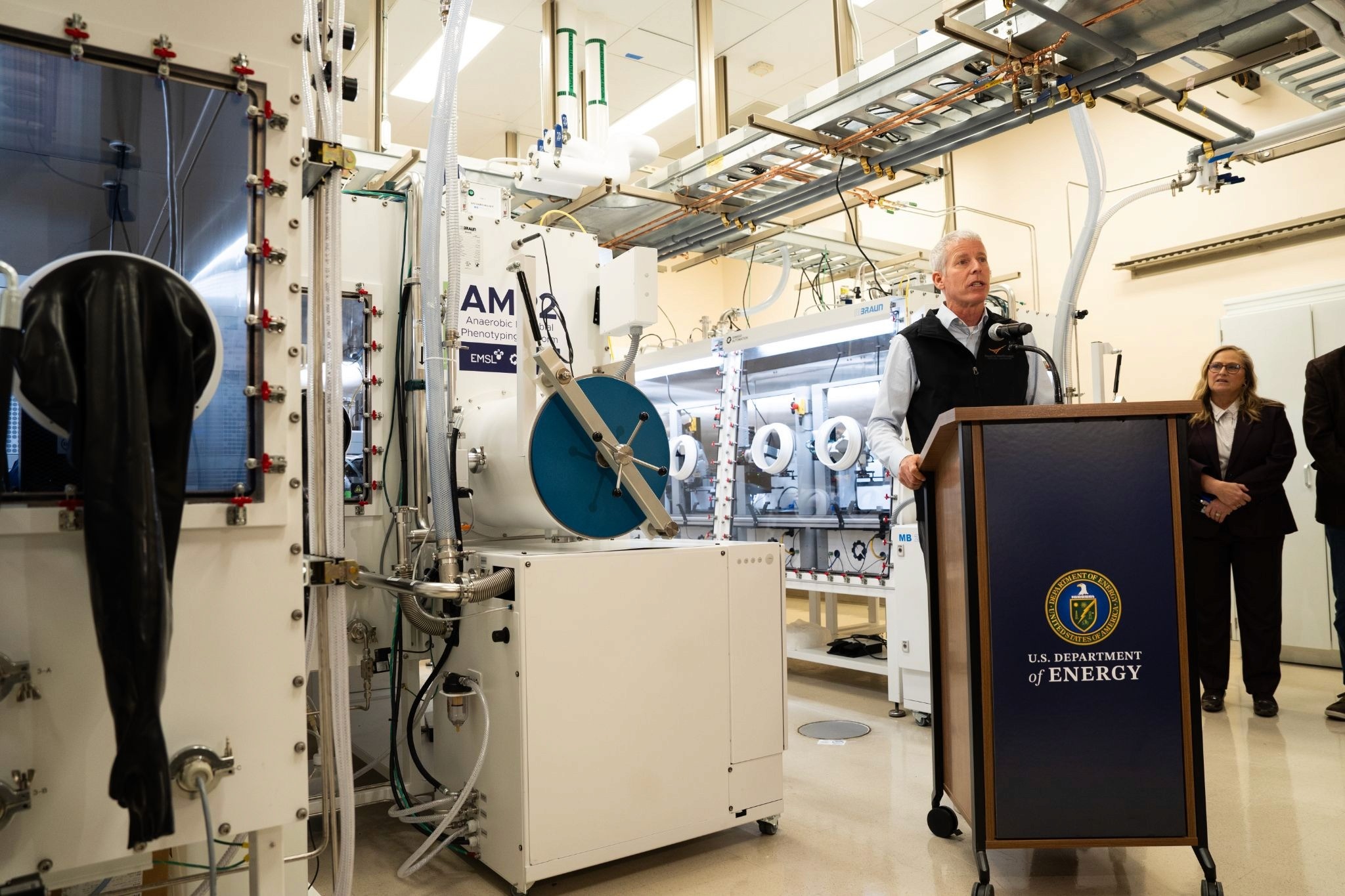Eco-Friendly Enzymes: Paving the Path to Sustainable Biochemicals
Researchers at the University of Adelaide have uncovered a groundbreaking approach to optimize plant enzymes, opening new doors for biofuel and pharmaceutical industries
Sep 7, 2023
Wir0man (Canva)
In a ground-breaking study led by the University of Adelaide, researchers have unveiled a revolutionary approach to optimizing plant enzymes through bioengineering. This discovery promises to significantly advance our understanding of how plant materials can be harnessed for the production of biofuels, biochemicals, and other high-value products.
Published recently in the Plant Journal, this study introduces innovative concepts for the assembly, structure, and remodeling of plant cell walls by precisely controlling the catalytic function of specific enzymes. This newfound understanding is poised to reshape our perception of fundamental plant cell properties, including structure, integrity, cytoskeletal organization, and stability, opening the door to fresh possibilities in plant-based applications.

At the heart of this breakthrough lies the examination of the catalytic function of xyloglucan xyloglucosyl transferases. By delving into the intricate mechanisms of these enzymes, researchers have gained more profound insights into how they connect diverse polysaccharides to form the structural components of plant cell walls.
Professor Maria Hrmova, the project's lead, emphasized the significance of this work. "This work contributes to the essential knowledge of how xyloglucan xyloglucosyl transferases can be understood and their fundamental properties controlled—for example, to improve their catalytic rates and stability."
The implications of this research extend far beyond the laboratory. The deconstruction of plant cell walls and subsequent chemical processing are essential to produce biofuels from plant materials. The ability to alter the properties of these cell walls to reduce rigidity holds the promise of making biofuel production more efficient and cost-effective.
Bioremediation, which involves the removal of contaminants from the environment using living organisms, could see significant advancements thanks to this research. With their environmentally friendly and cost-effective attributes, enzymes are increasingly sought after in bioremediation to remove pollutants and toxins from soil, water, and other environments.
While acknowledging the progress made in understanding the catalytic function of xyloglucan xyloglucosyl transferases over the past 15 years, Professor Hrmova noted, "There are limitations, and still a lack of information, in how this knowledge can be organically implemented in the functionality of plant cell walls."
This collaborative effort builds upon six decades of xyloglucan chemical and biochemical research conducted by this and other research groups. The research team utilized sensitive high-performance liquid chromatography with fluorescent reagents to gain insights into the complex biochemical reactions of polysaccharides. Additionally, 3D molecular modeling and molecular dynamics simulations were applied to decipher the enzymes' mode of action on rapid time scales. These findings were corroborated by plant and cellular biology approaches, offering novel perspectives on the enzymes' function in vivo.
This remarkable discovery in plant bioengineering holds the potential to reshape industries reliant on plant materials, from biofuels to pharmaceuticals, ushering in a new era of sustainable and efficient production.


















